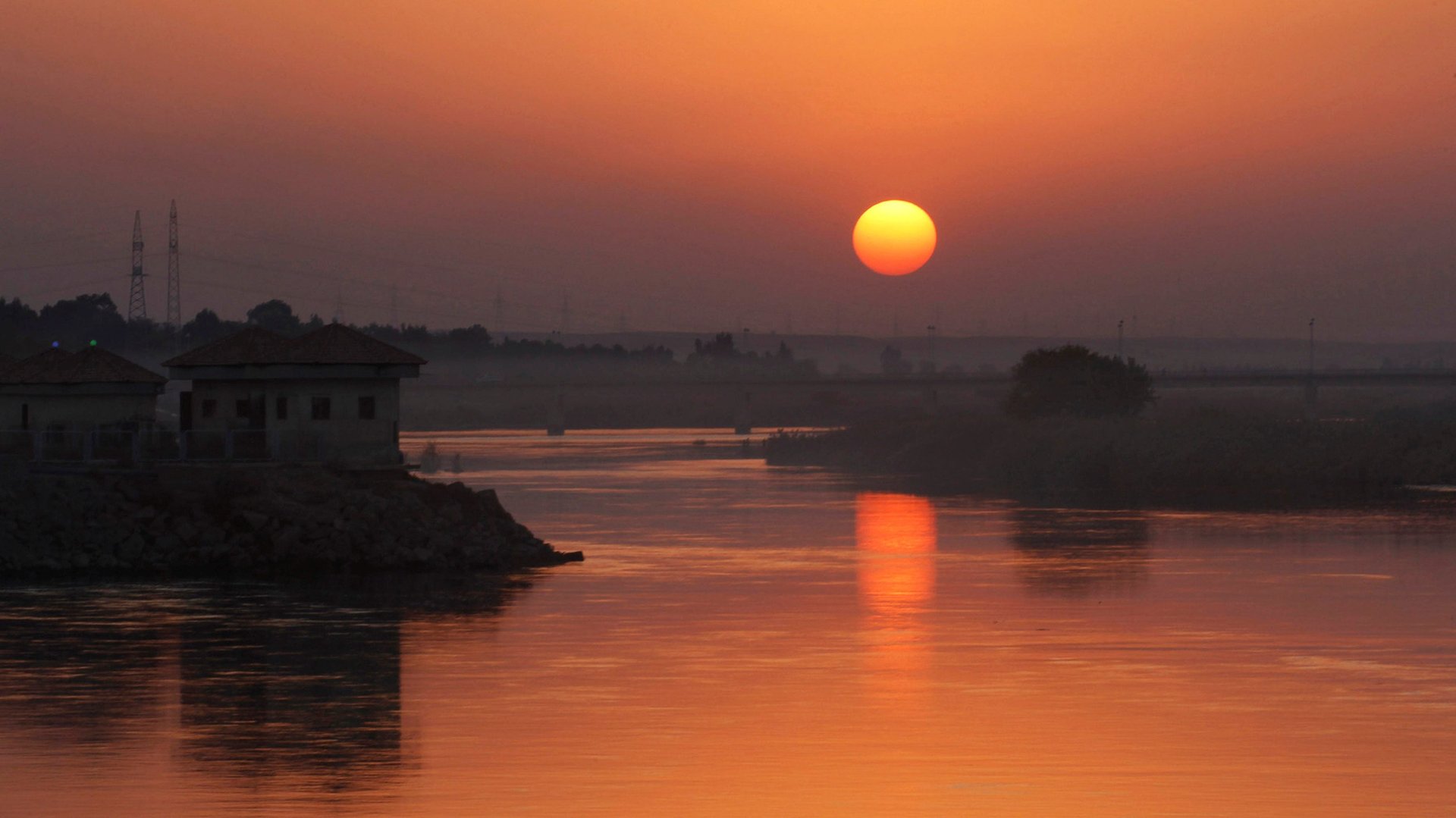After years of civil war, Syrians now have to contend with a flood of biblical proportions
With no clear end in sight to Syria’s protracted war, civilians are now also being threatened by a catastrophic flood.


With no clear end in sight to Syria’s protracted war, civilians are now also being threatened by a catastrophic flood.
The United Nations warned earlier this week that the Tabqa Dam, Syria’s largest (paywall), is in serious trouble not only from the militant group ISIL, which has controlled the dam since 2014, but also from US-led air strikes and high water levels. At 200 feet tall and three miles long, the dam controls the Euphrates River roughly 40 km (25 miles) upstream of the city of Raqqa. Water levels on the river have risen by 10 meters since Jan. 24 as a result of heavy rainfall, snow, and deliberate sabotage by ISIL.
“Any further rise of the water level would submerge huge swathes of agricultural land along the river and could potentially damage the Tabqa Dam, which would have catastrophic humanitarian implications in all areas downstream,” the UN report noted.
The Tabqa dam has already been significantly compromised by ISIL, who have used the dam as a strategic weapon in the civil war; hiding high value prisoners and sheltering senior officials there in the belief it wouldn’t be attacked by coalition airstrikes because of the ecological and humanitarian disaster that would result. But the dam’s entrance was hit by US-led coalition airstrikes in January. If that entrance is “further damaged,” says the report, it “could lead to massive-scale flooding across Ar-Raqqa and as far away as Deir-ez-Zour,” one of Syria’s largest cities.
The UN report follows grave warnings about a dam in Iraq roughly 60km (37 miles) north of the city of Mosul that is on the verge of collapsing. The dam was briefly captured by ISIL in 2014 before being retaken by Iraqi and Kurdish forces a few weeks later. Experts warn that unless substantial improvements are made to the dam’s infrastructure, its collapse could cause a wave so colossal it could kill as many as a million and a half people.